To be digital or not to be, that is the ESG question
Abstract
Avoiding global warming and achieving ESG targets requires new vision and new solutions to old problems. Since we are humans, we have to solve challenges with creativity, science and technology. But now, science is not enough, technology is not enough, and creativity is not enough. We live in an interconnected world which has never seen before. And there is a tool to allow this connectivity among stakeholders, without barriers and at a fraction of the cost of any other solution: the digital technology. Cheap, flexible and without boundaries, it is pushing our creativity to the limit. Being open and digital is the only solution in an interconnected world that needs to be open and transparent. An organization intending to measure, improve or report its ESG impact, needs to be digital. Digitalization needs to be introduced in the current and future processes of the industry, which will increasingly rely on digital technologies, allowing collection of data and its use across the company. There is unanimity concerning digitalization, and the need to increase the penetration of digital tools into the company processes so as to improve the organizations efficiency and for reporting purposes. This paper summarises the contexts of ESG requirements, the associated indexes and the digital technologies that can be considered within the organizations. Then, we describe a proposed approach for mapping the status of digitalization of companies and summarise some examples on how digitalization has impacted the ESG impact of relevant organizations.
Received: 22 November 2022
Accepted: 07 December 2022
References
Apgar, V. (1966). The newborn (APGAR) scoring system: reflections and advice. Pediatric Clinics of North America, 13(3), 645-650. doi: https://doi.org/10.1016/S0031-3955(16)31874-0
Fink, L. (2020). Larry Fink’s 2020 letter to CEOs: A Fundamental Reshaping of Finance. BlackRock. http://bit.ly/3h9xEVJ
CELSA Group. (2022). CELSA Group Web page. Retrieved from http://bit.ly/3BgUZM0
Equinix. (n.d.). The Global Interconnection Index (GXI) 2023. Retrieved from http://bit.ly/3VTlwYd
EU. (2022). Practical guidelines on the use of the Digital Maturity Assessment (DMA) tool & the Innovation Radar Methodology (IR). Retrieved from http://bit.ly/3Pmy2wV
Berg, F., Kölbel, J.F., Rigobon, R. (2022). Aggregate Confusion: The Divergence of ESG Ratings. Review of Finance, 26(6), 1315-1344. doi: https://doi.org/10.1093/rof/rfac033
Gómez, J.F. (2021). The European Green Deal and the Energy transition: challenges and opportunities for industrial companies. Boletín de Estudios Económicos, 76(232), 191-211. doi: https://doi.org/10.18543/bee.2334
@JaimeObregon (n.d.). Twitter. Retrieved from http://bit.ly/3VBXjFC
Heath, C., & Heath, D. (2010). Switch: How to change things when change is hard. Random House Business Books. ISBN: 9781847940322
Iberdrola. (2022). El acero verde: un material para iniciar su descarbonización industrial y ampliar las fronteras de la electrificación. Retrieved from http://bit.ly/3h2VL8D
Kahneman, D. (2011). Thinking Fast and Slow. Penguin Random House.
Muench, S., Stoermer, E., Jensen, K., Asikainen, T., Salvi, M., & Scapolo, F. (2022). Towards a green and digital future. Publications Office of the European Union doi: https://doi.org/10.2760/54
Patreon. (E.d.) (n.d.). Creatividad impulsada por las suscripciones. Retrieved from http://bit.ly/3Y6xhM4
Shakespeare, W. (1599). Hamlet.
Yu, P., Chen, D., & Ahuja, A. (2022). Smart and Sustainable Economy: How COVID-19 Has Acted as a Catalyst for China’s Digital Transformation. In AI-Enabled Agile Internet of Things for Sustainable FinTech Ecosystems, 106-146. IGI Global. doi: https://doi.org/10.4018/978-1-6684-4176-3.ch006
License:
Works published in this journal are available since 2021 under the Creative Commons Attribution-NonCommercial 4.0 International license - CC BY-NC 4.0. Content prior to 2021 is not covered by the journal's current Open Access policy.
Authors' Rights:
Authors retain copyright over their work published in the Bulletin of Economic Studies and grant the Bulletin of Economic Studies non-exclusive rights to exploit the work for layout, publication, and dissemination purposes. This license allows the Bulletin of Economic Studies to distribute, reproduce, and disseminate the work on its platform and through other media, subject to the conditions outlined in this notice.
Readers' Rights:
Readers may read, download, print, search, share (copy, redistribute, or link to full text), or adapt (remix, transform, and build upon the material) the content, provided that:
- The materials are not used for commercial purposes.
- The original work is properly cited, including the name of the author and the source.
- Any modifications made to the original content are clearly indicated.
Commercial use of the materials is prohibited without the express permission of the authors. For clarity, commercial use is defined as any activity intended for financial gain or involving direct commercial exchange.
Conditions of Use:
The use of content must not infringe the rights of others or be used in a way that could damage the reputation of the author or the Bulletin of Economic Studies.
Responsibility for Content:
Authors are responsible for the content of their papers and the Bulletin of Economic Studies is not responsible for the opinions therein expressed.
More Information:
Open Access, Licensing, and Copyright Policy


.jpg)
.jpg)
.jpg)








